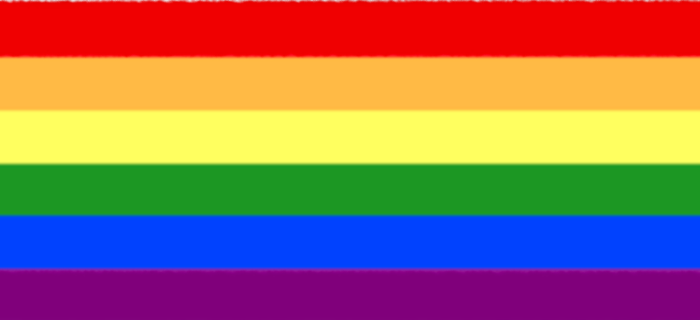
Pride History
The first Pride event was organised by Brenda Howard, a bisexual activist, in New York City on the 28 of June 1970. The first march was called the Christopher Street Liberation Day March (which is the name of the road the Stonewall Inn is on) and the event had both an element of celebration and protest.
50th Anniversary since the first London Pride and this year’s Pride in London campaign is #allourpride
Ways you can support the LGBTQ+ Community
Raise Awareness
Use your platform to speak out on LGBTQIA+ issues and share resources. Social media is the prime spot for sharing and reposting information on everything from policies to organizations. It’s also a great tool to amplify voices within the community. Let your followers hear straight from the source who identifies as a member of the community and who’s connected closely to the cause. Just remember that raising awareness doesn’t mean pressuring others to share your stories or engage with your post (because there’s a huge difference between allyship and performative allyship)
Create a Safe Space
There should be no room for discrimination and/or harassment based on your gender or sexual orientation in any environment. If you’re straight, use your privilege to demand inclusive changes, speak out against wrongdoings and be a support system when needed.
In a workplace setting, it can be as simple as introducing resource groups for LGBTQIA+ employees, advocating for gender-free restrooms or even adding your pronouns to your email signature. At home, it can mean dismantling gender stereotypes or learning how to be there for someone that just came out. At the end of the day, you want to offer a safe space where people are able to be 100 percent themselves.
Educate Yourself
There are so many resources that can guide you to becoming more aware of the world around you. Learn about pronouns, sexual orientations or gender identity terms.
Brush up on some queer history from books like The Queer Bible: Essays and documentaries like Paris is Burning and The State of Marriage. It’s all about staying informed and doing the research on not only the struggles but the accomplishments of the LGBTQIA+ community.
Start an Open Dialogue
As you educate yourself on terms, people and policies, begin to have these conversations with your friends, family and co-workers. Consider diving into topics of gender, sexual orientation and even harmful languages and stereotypes with people in your life who might not be as informed as you are, and use this open dialogue as a way to learn and grow as an ally. Use your privilege to take a stand against bigotry. Don’t be afraid to call someone out on mis-gendering an individual, using distasteful slurs as “jokes” or doubling down on anti-LGBTQIA rhetoric.
One last thing to remember is you should never make someone in the LGBTQIA+ community feel obligated to teach you about these issues, terms or history. It’s not their job to educate you and share their experiences.
It’s also never OK to question or make assumptions about someone’s identity. There’s no one-size-fits-all when it comes to sexuality and/or gender expression. Basically, it’s about listening, reflecting and making a conscious effort to support the people around you.

